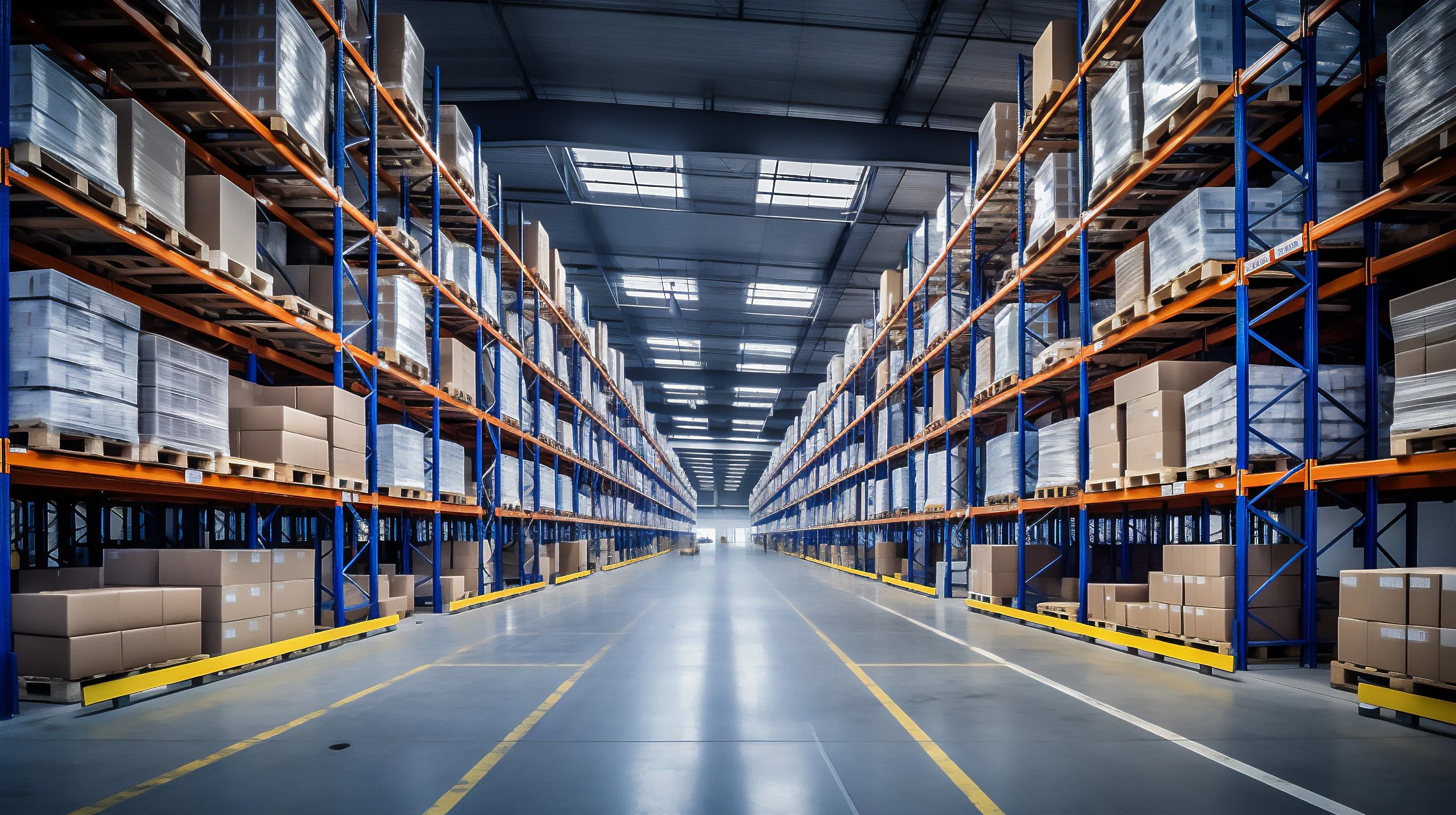Retailers have turned their attention to the store to create the unified commerce experiences consumers now expect across the entire buying journey.
They’re blending physical locations with digital channels and using technologies such as AI, AR, VR and IoT to create new value through frictionless and dynamic interactions.
However, it’s a challenge to give these latency-sensitive, data-intensive applications the performance and speed they need with a traditional central cloud or data centre. Uploading and downloading data takes too long. And it requires expensive infrastructure and network bandwidth.
That’s why cloud edge is a game changer. By enabling connected devices to process data closer to where it’s created, on the edge, it ensures the customer experience is truly ‘zero-friction’.
Our new guide, The retailer’s guide to cloud edge: Why cloud edge is the new battleground for retailers, explains what edge computing is and why it matters, what’s driving adoption and the benefits it delivers, with retail use cases and architecture considerations.
It’s been written for technical and non-technical audiences who want to create lightning-quick ‘phygital’ experiences that cut costs, delight customers and grow revenue.
Want a taste of what’s inside?
Watch Mike Baxter, Triquestra’s CTO, as he explains how edge computing works and why it’s important for rich retail experiences.
















